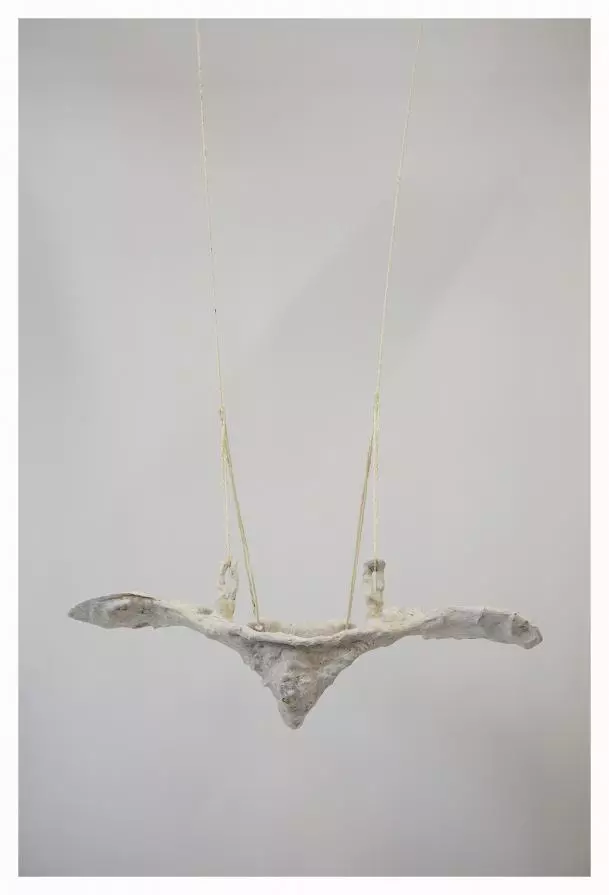
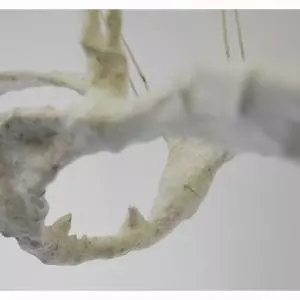
MAKRAMA
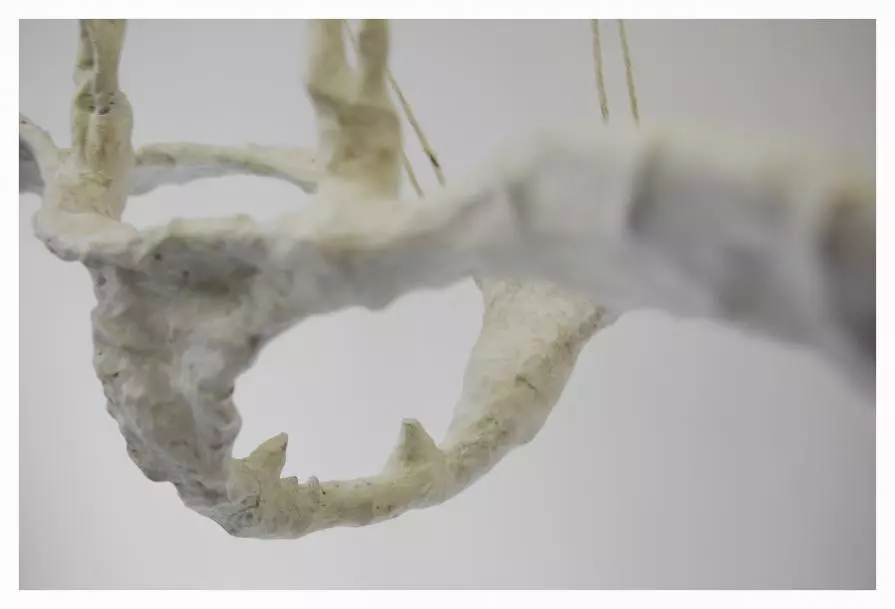
Makrama is a masturbatory seesaw shaped like an internally patterned pelvis. Just as pelvis accommodates the womb, Makrama welcomes to the inside; this structure is conform to female body which, swinging, stimulates the front and the back of the lower body itself, alternately or at the same time. The name Makrama comes from miqrama, ornamental fringe of an embroided voile (specifically connected to a triangle-shaped white napkin put on the heads of young girls during religious ceremonies), also related to macramè, an ancient form of textile-making, using knotting rather than weaving or knitting. This traditional and very enduring lacework was handed down from one generation of women to another. The artist also used this art of lacework for the internal structure of Makrama.
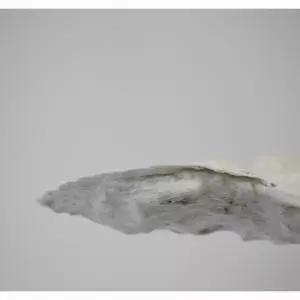
MAKRAMA

Makrama is a masturbatory seesaw shaped like an internally patterned pelvis. Just as pelvis accommodates the womb, Makrama welcomes to the inside; this structure is conform to female body which, swinging, stimulates the front and the back of the lower body itself, alternately or at the same time. The name Makrama comes from miqrama, ornamental fringe of an embroided voile (specifically connected to a triangle-shaped white napkin put on the heads of young girls during religious ceremonies), also related to macramè, an ancient form of textile-making, using knotting rather than weaving or knitting. This traditional and very enduring lacework was handed down from one generation of women to another. The artist also used this art of lacework for the internal structure of Makrama.
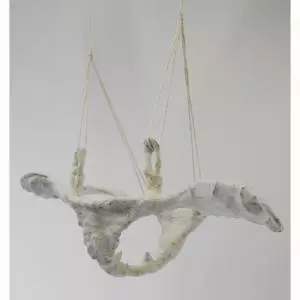
MAKRAMA
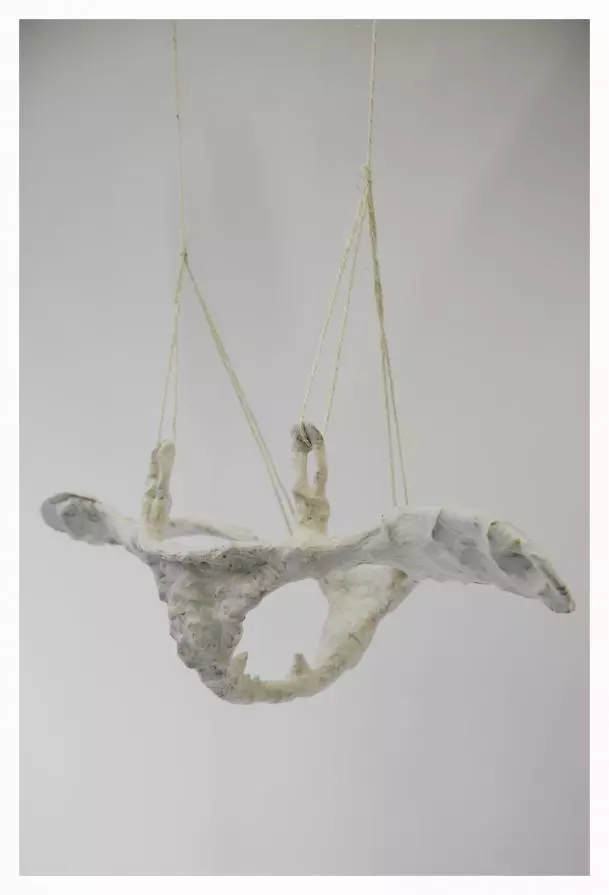
Makrama is a masturbatory seesaw shaped like an internally patterned pelvis. Just as pelvis accommodates the womb, Makrama welcomes to the inside; this structure is conform to female body which, swinging, stimulates the front and the back of the lower body itself, alternately or at the same time. The name Makrama comes from miqrama, ornamental fringe of an embroided voile (specifically connected to a triangle-shaped white napkin put on the heads of young girls during religious ceremonies), also related to macramè, an ancient form of textile-making, using knotting rather than weaving or knitting. This traditional and very enduring lacework was handed down from one generation of women to another. The artist also used this art of lacework for the internal structure of Makrama.
 Share / Save
Share / Save






Comments 0
Say something